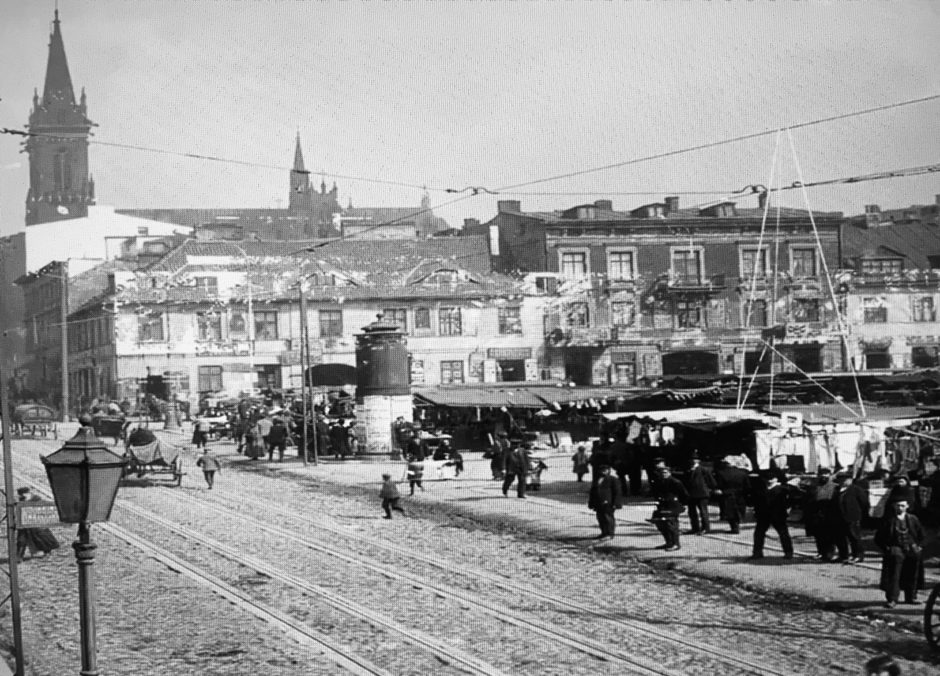The central Polish city of Lodz was a thriving hub of Poland’s Jewish community before the Holocaust. Its story is told, in part at least, through one of its former residents, Lilka Elbaum, who lived in postwar Lodz until 1968.
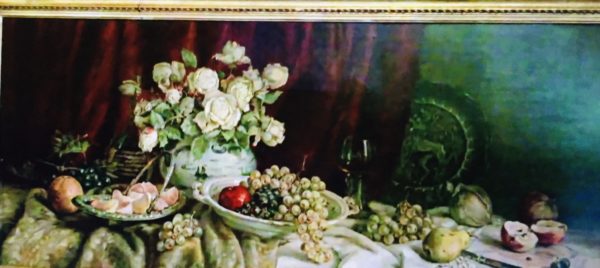
What most reminds her of her birthplace is an unremarkable still life painting that adorned her parents’ apartment from 1945 until their departure from Poland. To Elbaum, it’s an “object of memory” that conveys a sense of place and security.
In Still Life in Lodz, a documentary by the Polish-American filmmaker Slawomir Grunberg, Elbaum returns to Lodz after a long absence to connect with her past. Her reference points are the painting, the work of a Russian artist, and the tenement that was Elbaum’s home for the first 19 years of her life.
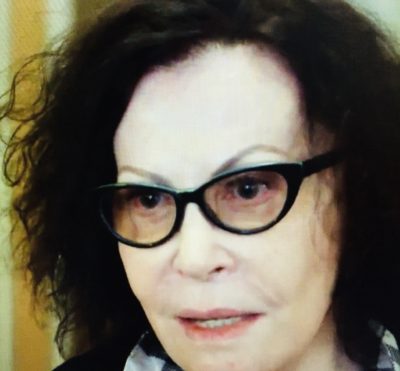
Grunberg’s film, which summons up images of pre-war Poland and presents glimpses of contemporary Lodz, premiered at the Mark Edelman Dialogue Center and the Man in Danger International Film Festival in Lodz in November. Next month, it will be presented at a Russian film festival in Moscow organized by the Russian Jewish Congress and dedicated to International Holocaust Remembrance Day.
Elbaum and her parents left Poland under duress 51 years ago in October. In the wake of the 1967 Six Day War, the Polish government launched an aggressive anti-Zionist drive that soon degenerated into a state-sponsored campaign of antisemitism. Jews were dismissed from their jobs, stigmatized, marginalized and made to feel like foreigners.
Twenty to thirty thousand Jews, the vast majority deeply assimilated into Polish society, were forced to emigrate. Elbaum, who lives in Boston today, was among them. She seems like a lively and interesting person, but oddly enough, Grunberg tells us precious little about her or her parents in terms of their respective backgrounds and occupations.
Despite this yawning gap in his film, Grunberg — a native of Lublin who emigrated in 1981 — understands Polish Jews like Elbaum. This explains his affinity for making empathetic films about Poland’s Jewish dimension. Prior to the Holocaust, Poland was home to 3.3 million Jews, of whom approximately 200,000 resided in Lodz, which was known for its textile industry. Jews like Izrael Poznanski, as well as ethnic Germans, played an enormous role in developing its industrial infrastructure.

Elbaum and her parents lived in a now shabby building that had been inhabited almost exclusively by Jews prior to the war. Before they moved into their flat, its previous tenant had been a Pole of German descent. The still life that is at the center of Grunberg’s film was acquired by a Polish woman after the Elbaums vacated the apartment. Elbaum meets the new owner shortly after her arrival in Lodz.
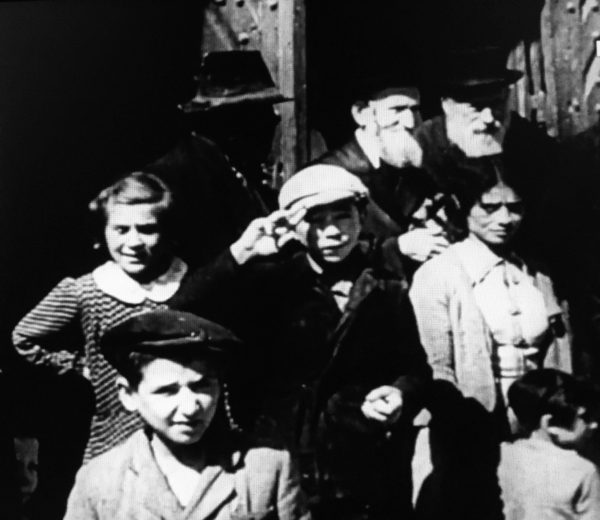
During the course of her visit, she reminisces about her formative years in the city, chats with former neighbors and walks around Lodz. She visits the current Jewish community center, which serves a minuscule Jewish population struggling to rebuild what was shattered by the Nazis. Lastly, she pays a visit to the huge Jewish cemetery, where Poznanski’s remains are interred in a massive mausoleum, and meets a Polish family which assisted her mother after she went into hiding during the Nazi occupation.
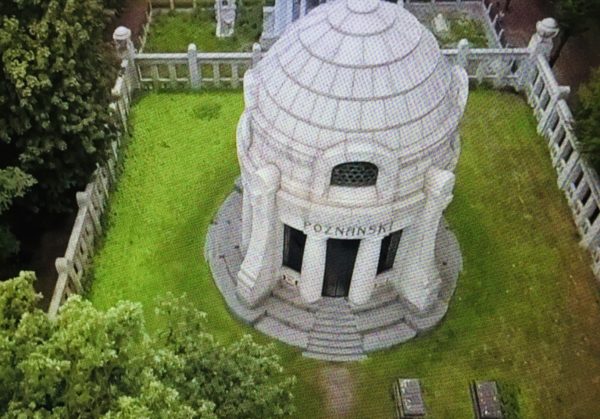
Occasionally, Elbaum is accompanied by Paul Celler, an American Jew of Polish ancestry who’s trying to discover his ancestral roots in the nearby town of Lask, and Roni Ben-Ari, a photographer from Israel whose family left Poland in 1926.
Grunberg uses vintage photographs to paint a vivid picture of early 20th century Lodz. A photograph of a marketplace is especially evocative.
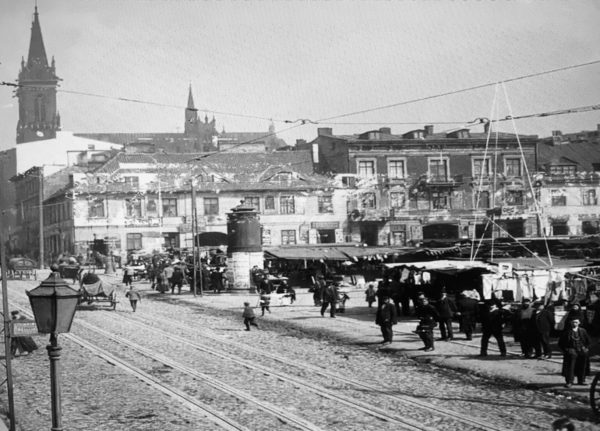
The Nazi occupation of Lodz, which lasted from 1939 to 1945, is one of the film’s most important elements. Grunberg uses animation to good effect and file footage to fill in crucial details. What is particularly affecting is footage of bedraggled Jews inside the sealed Nazi ghetto and en route to German trains bound for the one-way journey to the Auschwitz-Birkenau extermination camp in August 1944.
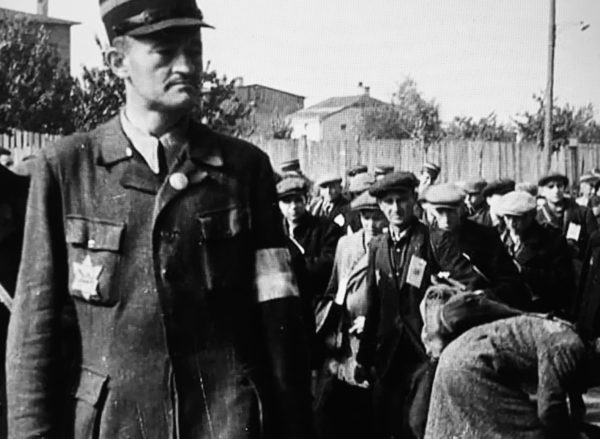
With Still Life in Lodz, Grunberg has made a poignant documentary suffused with both tragedy and hope.
